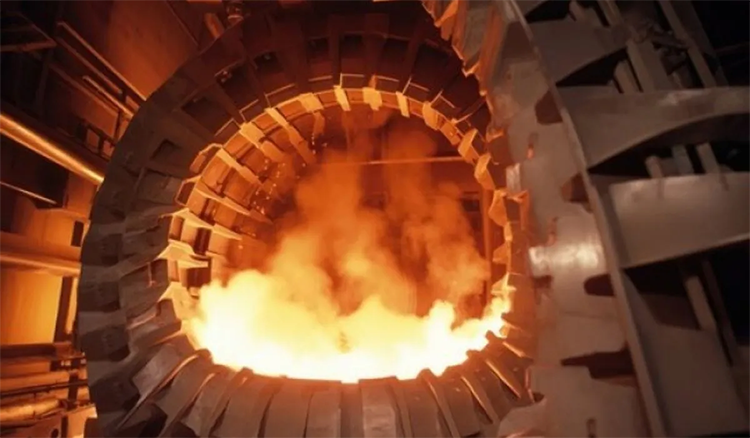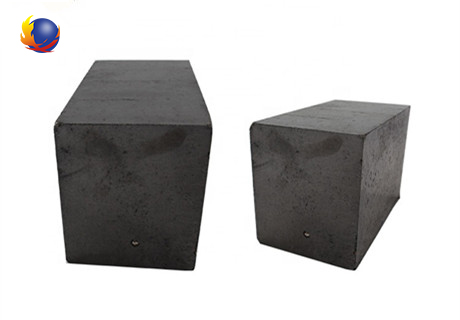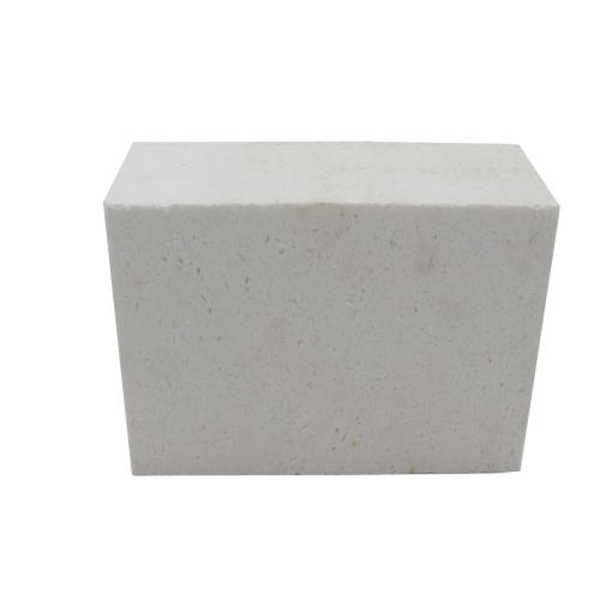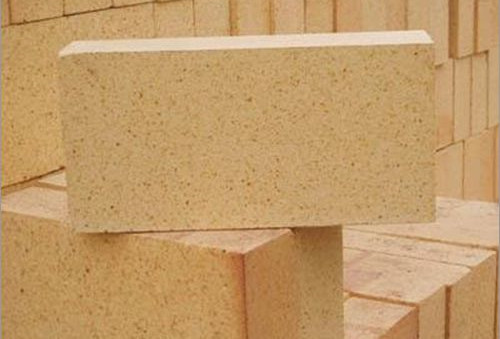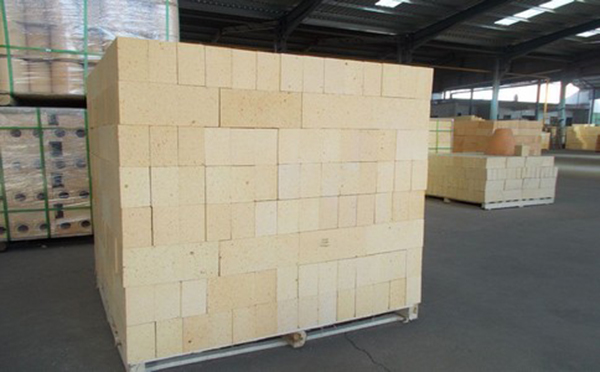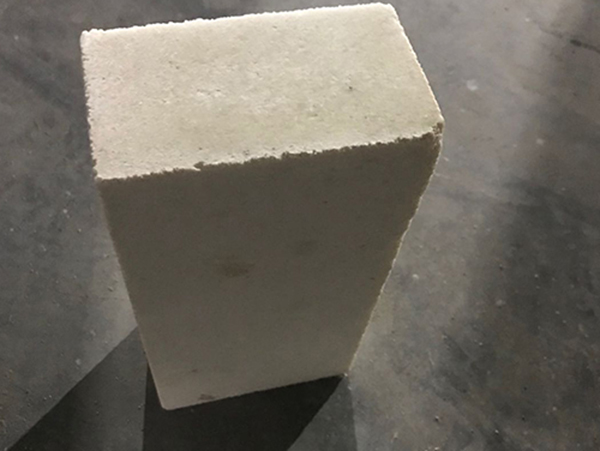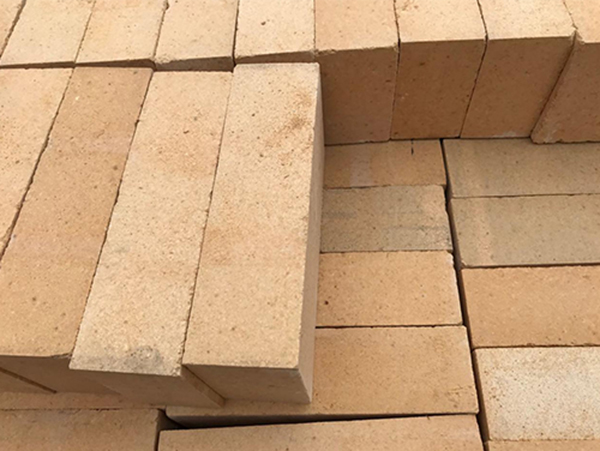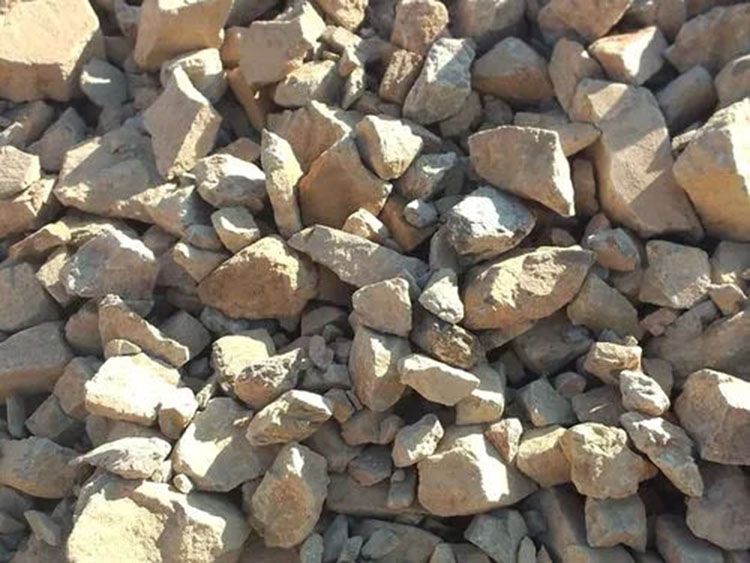
The Role and Wide Applications of Bauxite
Bauxite is an important ore resource containing multiple hydroxide aluminum minerals, such as diaspore, boehmite, and gibbsite. It primarily consists of alumina, iron oxide, and silica, with unique mineralogical properties and crystal structures, making it valuable in various fields. Properties and Characteristics of Bauxite Bauxite has the following key characteristics: Chemical Composition: Bauxite typically contains 30%-60% alumina, along with certain amounts of iron oxide and silica. Crystal Structure: The main mineral components of bauxite have different crystal structures, such as…

